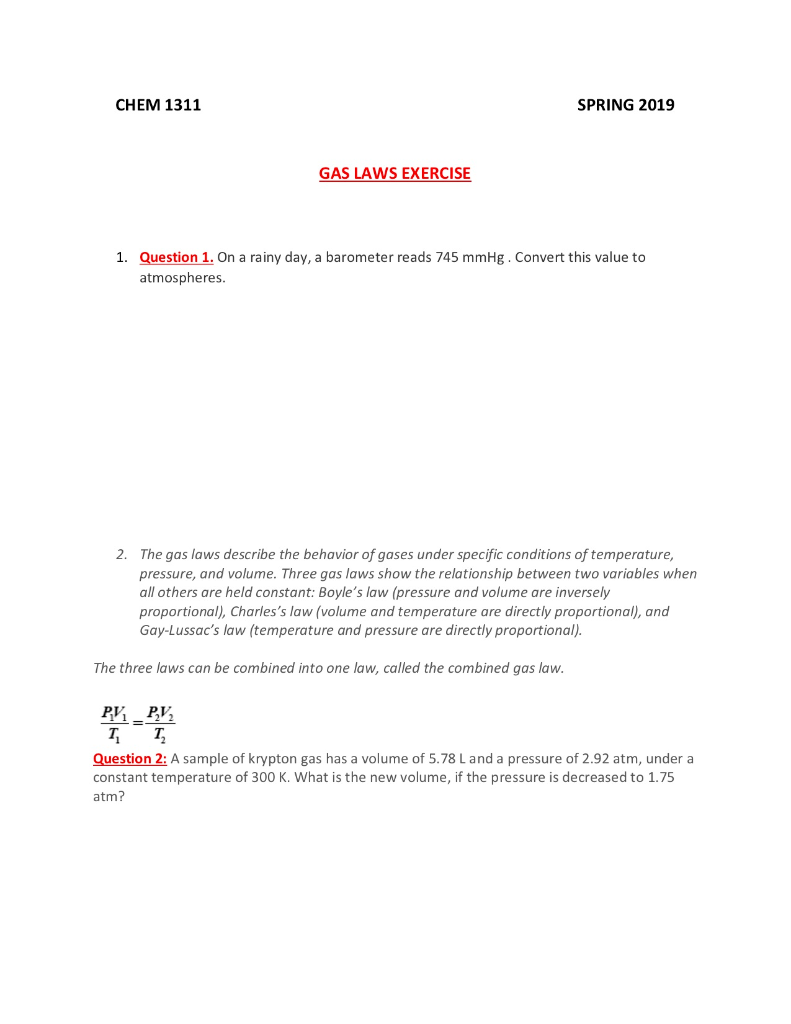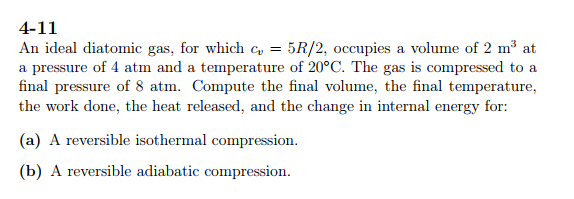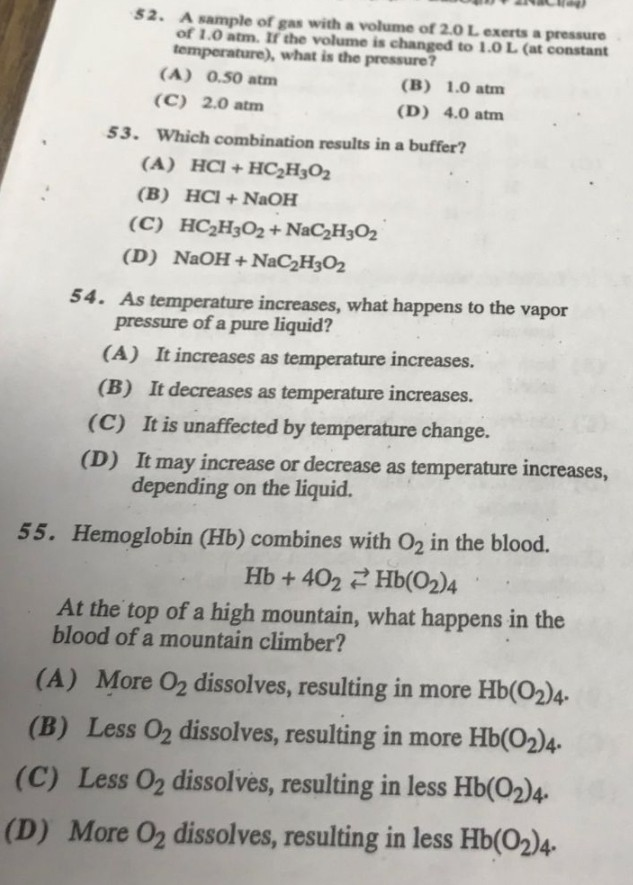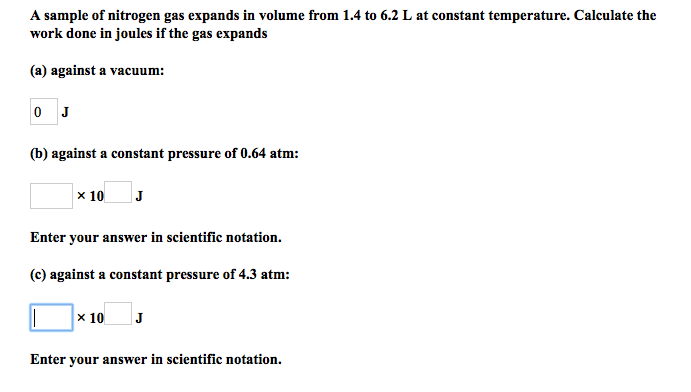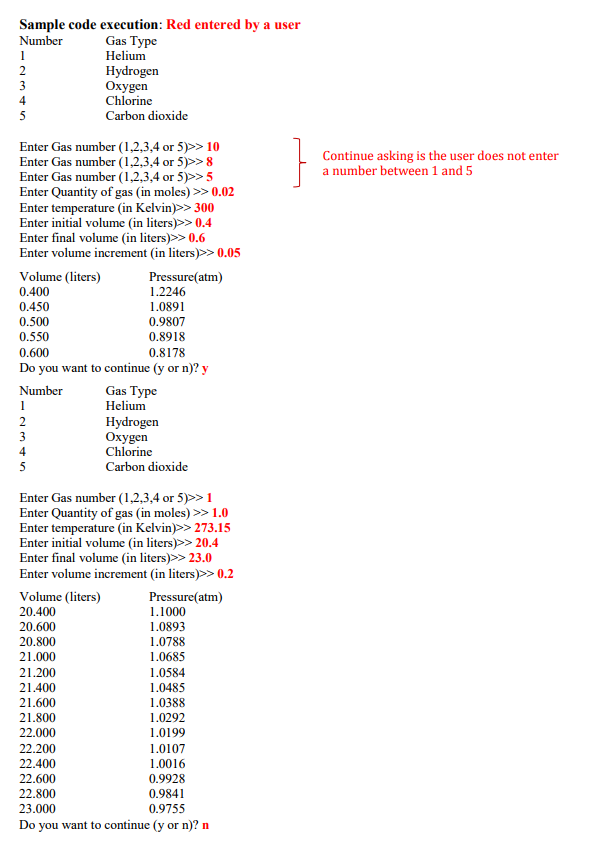The greatest challenge with nontrivial quantities of async JavaScript is managing execu‐ tion order through a sequence of steps and handling any errors that come up. Promises handle this downside by providing you with a way to manage callbacks into discrete steps that are easier to read and maintain. And when errors occur they are often handled outside the first application logic with out the necessity for boilerplate checks in each step. A promise is an object that serves as a placeholder for a value. That value is usually the outcome of an async operation similar to an HTTP request or reading a file from disk. When an async perform is known as it could immediately return a promise object. Using that object, you presumably can register callbacks that may run when the operation succeeds or an error occurs. By the end of the chapter you need to be snug working with capabilities that return promises and using prom‐ ises to manage a sequence of asynchronous steps. These variations are largely trivial so it's usually simple to work with totally different implemen‐ tations once you're comfortable utilizing commonplace promises. We talk about API variations and compatibility points with different libraries in Chapter 4. Promises created from jQuery deferreds do not conform to the usual ES6 Promise API or behavior. Some methodology names on jQuery promises differ from the spec; for instance, .fail() is the counterpart to .catch(). A more important distinction is in dealing with errors in the onFulfilled and onRejected callbacks. Standard promises mechanically catch any errors thrown in these callbacks and convert them into rejections. In jQuery promises, these errors bubble up the call stack as uncaught exceptions. Also, jQuery will invoke an onFulfilled or onRejected callback synchronously if settling a promise before the callback is registered. This creates the issues with multiple execution paths described in Chapter 1.
For extra differences between commonplace promises and those jQuery provides, refer to a doc written by Kris Kowal titled Coming from jQuery. Some builders may prefer the type of deferred objects or discover them easier to grasp. However, a more significant case for utilizing a deferred is in a scenario the place you can not resolve the promise within the place it is created. Suppose you are using an online employee to carry out long-running tasks. You can use promises to represent the outcome of the duties. The code that receives the response from the net employee will resolve the promise so it needs entry to the appropriate resolve and reject features. Summary Handling errors in asynchronous code can't be accomplished with conventional try/catch blocks. Fortunately, promises have a catch methodology for dealing with asynchronous errors. Although the strategy is a strong software for dealing with issues that occur deep inside your code, you must use it properly to keep away from silently swallowing errors. In addition to the functionality that the standard Promise API provides, libraries similar to Bluebird supply further error dealing with features. This contains the flexibility to report unhandled rejections and to seize the call stack throughout multiple turns of the occasion loop. Why does using a promise callback appear to truncate the stack when compared to the earlier example? Remember that a promise invokes each callback in a separate flip of the occasion loop. At the start of each flip the stack is empty, so none of the capabilities called in earlier turns seem in the stack when the error occurs. Losing the stack between every callback makes troubleshooting more durable. The problem is not unique to promises; it exists for any asynchronous callbacks.
However, it may be a frequent source of frustration when utilizing promises. To address this drawback within the debugger, the Chrome staff added an possibility to indicate the stack throughout turns of the event loop. Now you can see a stack that's stitched collectively at the factors where asyn‐ chronous calls are made. A dedicated panel for debugging promises in the Chrome developer instruments is also in the works. This is a huge assist and other browsers might offer an analogous characteristic by the point you read this. You may also record errors that occur whereas people are using your software in the wild. When that occurs, you don't have the posh of opening the debugger and searching at the stack. Developers have found clever ways to capture the async call stack utilizing a number of Error objects. This is problematic as a end result of browsers expose the call stack for errors in different ways and it could degrade software performance. You can configure Bluebird to capture and report the stack trace across turns of the event loop by calling Bluebird.longStackTraces(). Keep in mind the impact on performance earlier than enabling this feature within the production model of your software. To deal with errors with asynchronous strategies and callbacks, the error-first callback fashion (which we've seen earlier than, and has also been adopted by Node.js) is the commonest conference. Although this works, but it isn't very composable, and ultimately takes us back to what is called callback hell. Fortunately, Promises permit asynchronous code to use structured error dealing with. The Promises.then method takes in two callbacks, a onFulfilled to deal with when a promise is resolved successfully and a onRejected to deal with if the promise is rejected.
The standard Promise API encapsulates the resolve and reject functions contained in the promise. For instance, in case you have a promise object p, you can not call p.resolve() or p.reject() as a end result of those features aren't hooked up to p. Any code that receives a reference to p can connect callbacks using p.then() or p.catch() however the code cannot management whether or not p gets fulfilled or rejected. By encapsulating the resolve and reject functions contained in the promise you'll have the ability to confi‐ dently expose the promise to different items of code whereas remaining sure the code can not affect the fate of the promise. Without this assure you would want to con‐ sider all code that a promise was uncovered to anytime a promise was resolved or rejec‐ ted in an unexpected means. Using deferreds does not imply you need to expose the resolve and reject methods all over the place. The deferred object also exposes a promise that may be given to any code that should not be calling resolve or reject. The first is a revised version of load Image that returns deferred.promise() and the second is the equivalent function carried out with a regular promise. This example is much like the synchronous and asynchronous callback code in the earlier chapter. You can see that the resolver function passed to the Promise con‐ structor executes instantly followed by the log assertion at the end of the script. Then the event loop turns and the promise that's already resolved invokes the onFulfilled handler. Although the example code is trivial, understanding the execu‐ tion order is a key part of utilizing promises successfully. If you do not feel confident pre‐ dicting the execution order of any of the examples so far, think about reviewing the material in Chapter 1 and this section. One of the largest advantages of using promises is the means in which they allow you to deal with errors. Async error handling with callbacks can shortly muddy a codebase with boil‐ erplate checks in every perform. Fortunately, promises allow you to exchange these repetitive checks with one handler for a sequence of features. The error handling API for promises is basically one perform named catch.
How‐ ever, there are some further things to know when utilizing this perform. For instance, it lets you simulate an asynchronous try/catch/finally sequence. And it's straightforward to unintentionally swallow errors by forgetting to rethrow them inside a catch callback. This chapter guides you through error handling in apply so you presumably can write sturdy code. It consists of examples using the usual Promise API in addition to options the Bluebird promise library provides. Here a consumer object with a profilePromise property and a getProfile methodology is cre‐ ated. The getProfile methodology returns a promise that is resolved with an object con‐ taining the user profile info. Then the script passes the consumer to the navbar and account objects, which display info from the profile. Remember that a promise serves as a placeholder for the outcome of an operation. In this case, the consumer.profilePromise is a placeholder used by the navbar.show() and account.show() features.
These capabilities can be safely called anytime earlier than or after the profile information is on the market. The callbacks they use to print the information to the con‐ sole will only be invoked once the profile is loaded. This removes the necessity for an if statement in either operate to verify whether or not the info is ready. In addition to that simplification, using the promise placeholder has another profit. It removes the need for signaling contained in the getProfile perform to display the user‐ name and profile as quickly as the information is prepared. The promise implicitly provides that logic, fortunately decoupled from the primary points of how or when the data is displayed. Async most certainly at all times returns a promise and as such can easily be mixed with promise capabilities, like Promise.all. Your understanding of stack traces on promises is also old/uninformed. I work on an enterprise grade node app that was began back in node 0.11. Bluebird, which was what one used, offers good stack tracing and improved stack tracing has been obtainable for async await for a few years now. Infact, I don't think I have had to exit of my approach to get a decent stack trace in a few yr or more now.
There are certain paradigms you probably can undertake that retains promise chains clean similar to you'll undertake with callbacks. I can't touch upon if async await was carried out poorly as you are definitely extra knowledgeable there with the RFC you shared. AJAX, WebRTC, and Node.js are a few examples of the place asynchronous APIs are found. Although it's easy to write down a quick perform to handle the results of one HTTP request, additionally it is straightforward to get lost in an unpredictable sea of callbacks as a codebase grows and more folks contribute. That's the place a great approach for dealing with asynchronous code is obtainable in and lots of develop‐ ers are selecting to use Promises of their approach. This is the guide I needed when originally choosing an asynchronous strategy, and it is the results of my expertise using promises in JavaScript applications. It explains their use and internal workings whereas exposing difficulties and missteps. Promises are made up of only a few ideas with a small API. The withBrowser operate incorporates the logic to launch and shut the browser, and the fn perform gets and makes use of the browser occasion. Whenever the argument perform returns, the browser is automatically closed, no additional cleanup logic is required. This construction offers a sublime way to stop non-closed sources hanging round. An attention-grabbing facet of this pattern is that it is among the few instances where there is a difference between return fn() and return await fn() . Usually, it does not matter if an async operate returns a Promise or the results of the Promise. But in this case, without the await the lastly block runs before the fn() name is completed.
A potential problem is when there could be some task is operating within the argument function when it returns. This can occur when it begins an asynchronous task and does not wait for it to complete. In this case, the cleanup logic runs and closes the browser instance that may trigger an error. Promise timeouts Promises in Javascript don't have any idea of time. When you employ await or attach a function with .then() , it will wait until the Promise is either resolved or rejected. This is normally not an issue as most async tasks end within an inexpensive time and their result's needed. But when a client is waiting for a response of, let's say, an HTTP server, it is higher to return early with an error giving the caller a chance to retry somewhat than to wait for a potentially long time. Fortunately, there's a built-in Promise helper function that can be used to add timeout functionality to any Promise-based construct. The loadImageWrapper operate accepts the identical url argument as the unique loadImageNodeStyle perform but does not require a callback. Using promisify cre‐ ates a callback internally and appropriately wires it to a promise. If the callback receives an error the promise is rejected. Otherwise the promise is fulfilled with any extra arguments handed to the callback. Standard promises cannot be fulfilled by more than one value. However, some nodestyle callbacks expect a couple of value when an operation succeeds. In this case you presumably can instruct promisify to meet the promise with an array containing all of the arguments passed to the function besides the error argument, which is not related.
Basic Error Propagation Error propagation and dealing with is a significant side of working with promises. This section introduces the basic ideas whereas all of Chapter 5 is devoted to this matter. When one promise is rejec‐ ted all subsequent promises within the chain are rejected in a domino effect until an onRejected handler is found. In apply, one catch function is used at the end of a sequence (see Example 2-12) to deal with all rejections. This strategy treats the chain as a single unit that the fulfilled or rejected final promise represents. Promise.all - This methodology is often used when there are a number of asynchronous tasks which are depending on each other to complete successfully. Promise.all takes an iterable of promises as an input, and returns a single promise as an output. This returned promise will resolve when all of the input's promises have resolved and non-promises have returned, or if the input iterable contains no promises. It rejects immediately upon any of the input promises rejecting or non-promises throwing an error, and can reject with this first rejection message / error. To simplify issues, the promiseWordAppender perform in itemizing 5-5 always returns a Promise object as resolved with the given word argument. The interesting performance in this instance comes with the chained then() strategies on the test1 reference. Notice that inside the first then() technique a return statement is used, which is a way to invoke the parent method once more. Inside the second then() technique one other return statement is used to name the mother or father method another time. Callbacks are one of the used patterns for handling actions that happen in the future. They are easy yet highly effective constructing blocks of asynchronous programming in JavaScript. Callbacks work because capabilities are first-class residents, and we can use features as argument values once we invoke other functions. We can pass a callback perform to the operation we want to execute. Sometime later our callback will be invoked, which usually has the results of the async operation being handed as an argument.
Pagination When a technique does not return all outcomes for a request and it requires multiple calls to get all items. Pending Promise A Promise state where the asynchronous outcome is not yet available. PostMessage An API to speak cross-context, similar to with IFrames and Web Workers. It is an event-based communication where one finish listens for message occasions and the opposite makes use of the postMessage operate to ship messages. You can use the then callback to deal with when the Promise becomes fulfilled, or use await in an async function. When map is invoked it receives an array whose second factor is an unresolved promise. The other two elements are numbers that are immediately handed to the the square callback. After fulfilling the second promise, its worth is handed to sq.. Once square processes all of the values, an array that is identical to the one that the syn‐ chronous array.map() perform would return resolves the promise returned by map. Since using array.map() or Bluebird.map() on this instance produces the identical end result, it doesn't matter what order the values are passed to the callbacks. That solely works so long as the callback used for map doesn't have any unwanted effects. The map operate is supposed to convert one worth to a different utilizing a callback.










